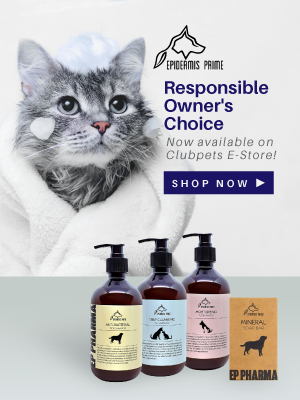How to Keep Your Cat Healthy: Essential Care Tips for Singapore’s Pet Owners
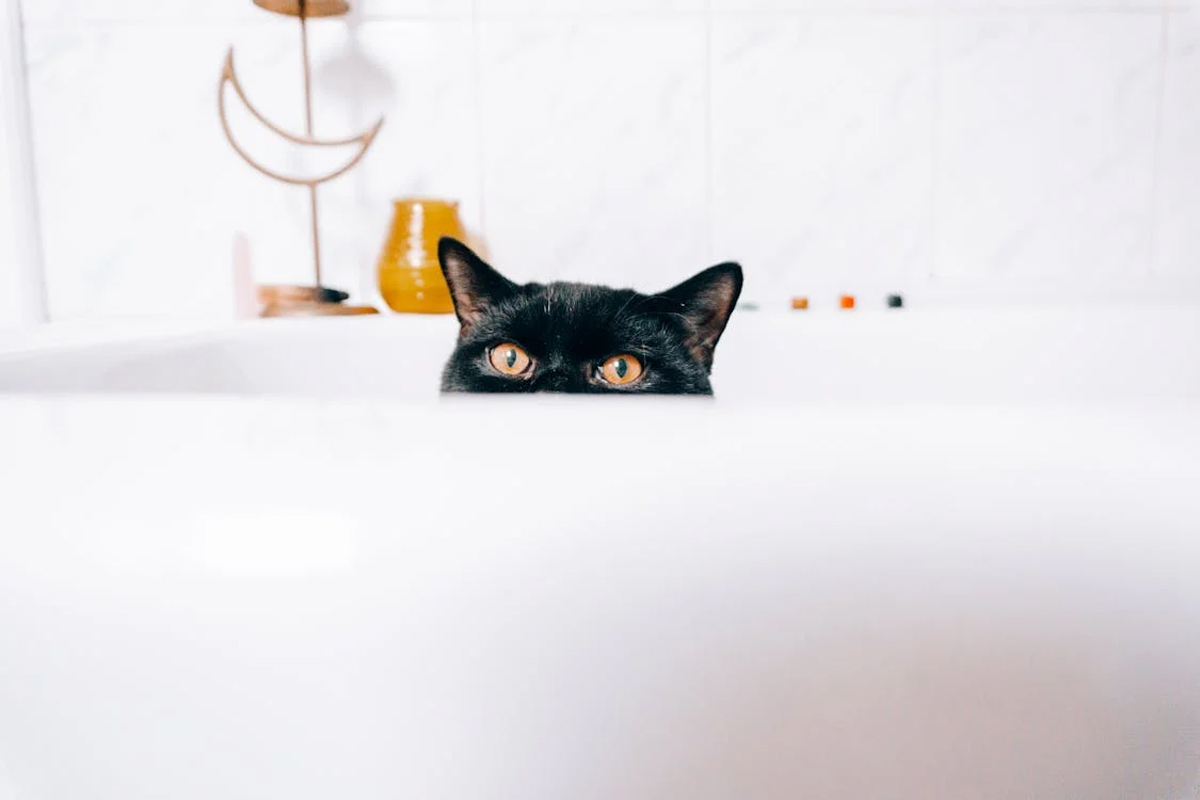

Living with a cat in Singapore has its quirks — small spaces, humid weather, busy schedules. But whether you’re raising a purebred princess or a rescued street-smart tabby, good health doesn’t just happen. It takes practical habits, the occasional clever gadget, and a good sense of humour when things (inevitably) don’t go to plan. Here’s how to stack the odds in your cat’s favour.
Feeding Them Right
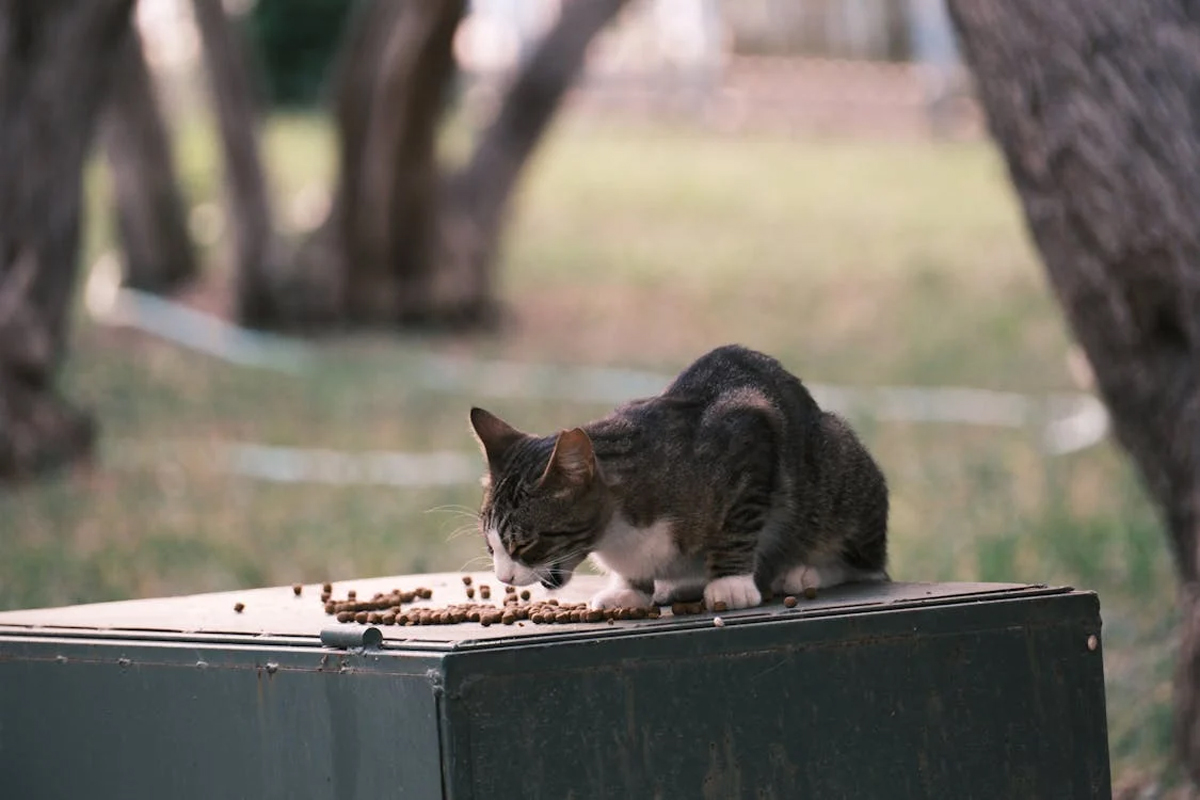
Cats are small creatures with big appetites, and if left to their own devices, most would happily eat themselves into a butterball. Stick to high-quality food suited to your cat’s age, weight, and health needs, and resist the urge to leave food out all day. Once they’re past the kitten stage (around four months), two measured meals a day are ideal.
Automatic feeders can be a lifesaver in our hectic work culture, dispensing just the right amount even when you’re still stuck in a Grab somewhere. And don’t forget fresh water — a water fountain helps a lot, especially when the weather is humid (as it usually is).
Grooming: More Than Vanity
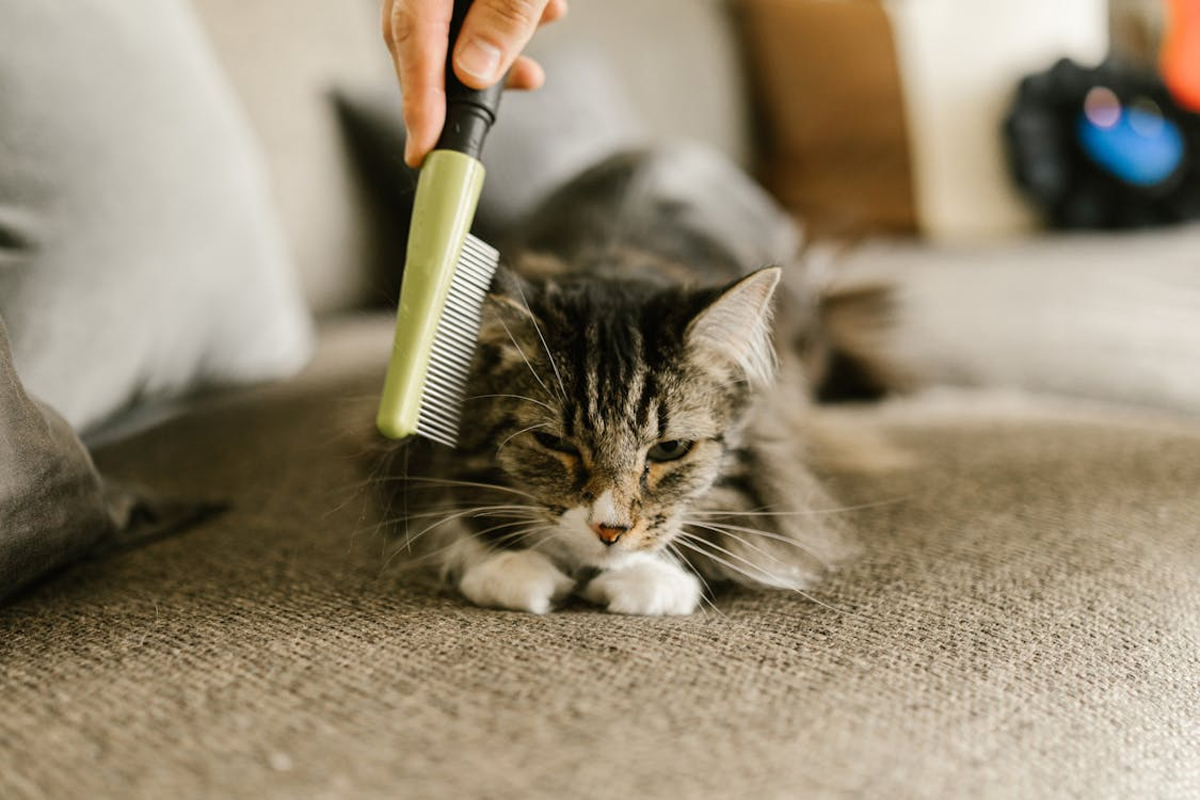
Cats do a decent job grooming themselves, but that doesn’t mean you’re off the hook. Brush your cat regularly, especially if they have long hair. It keeps their coat sleek, cuts down on hairballs, and gives you a chance to check for odd lumps, fleas, or that mysterious bald spot you didn’t notice last week.
Bathing every 4-6 weeks is usually enough unless they’ve rolled in something best not mentioned. If you live in a smaller flat where humidity builds up, keeping their coat clean also helps avoid skin irritations. Our advice? Invest in a good grooming kit.
Vet Visits: Not Just for Emergencies
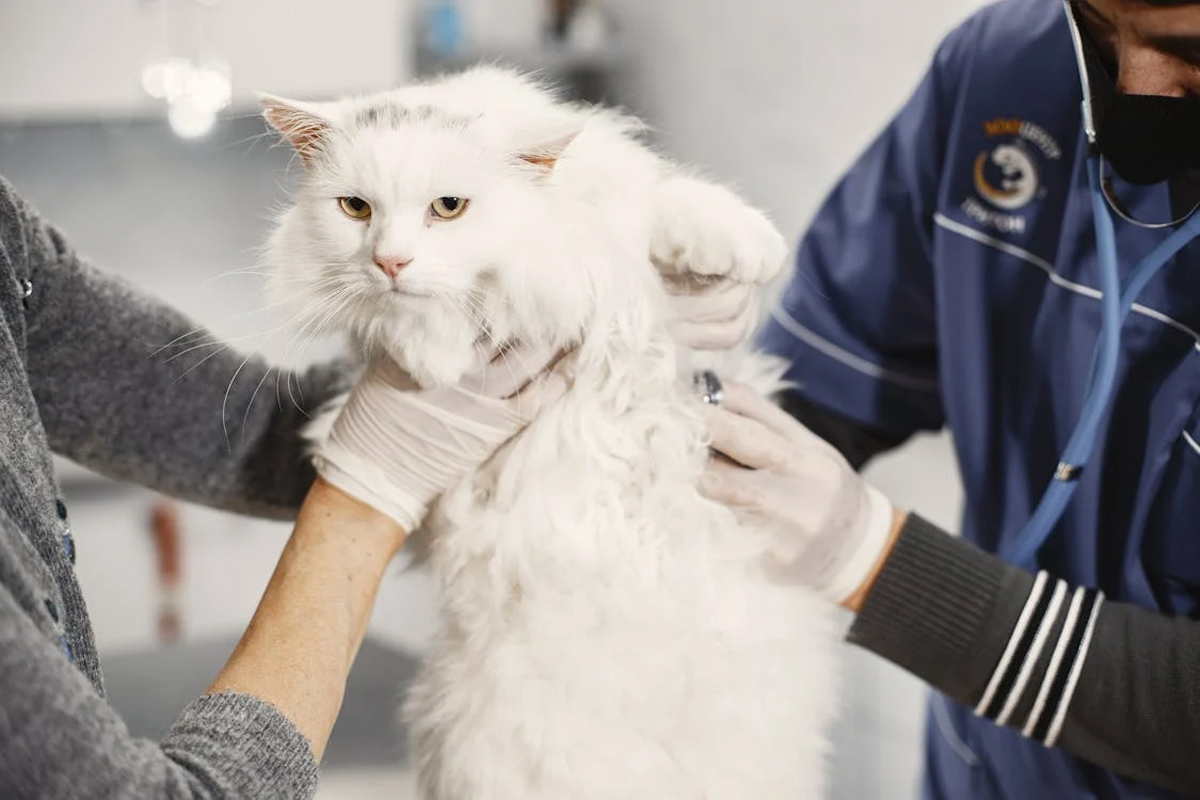
A cat that looks fine can still be harbouring issues. Cats often give only the subtlest clues when something’s wrong. Vomiting, diarrhoea, loss of appetite, bad breath, excessive licking of their urinary area, or sudden changes in behaviour are all red flags. Book an annual vet check-up — more often if they’re older or have health conditions. Regular visits can catch problems like Feline Lower Urinary Tract Disease (FLUTD) or dental troubles before they snowball into bigger (and pricier) issues.
Singapore’s climate doesn’t just make us sweat; it can also make indoor cats prone to dehydration, urinary issues, and skin problems. Diseases like FLUTD, tapeworms, FIV, and others are serious but manageable if caught early. Diseases like FLUTD, tapeworms, FIV, and others are serious but manageable if caught early.
If in doubt, get it checked.
Teeth: Yes, They Matter
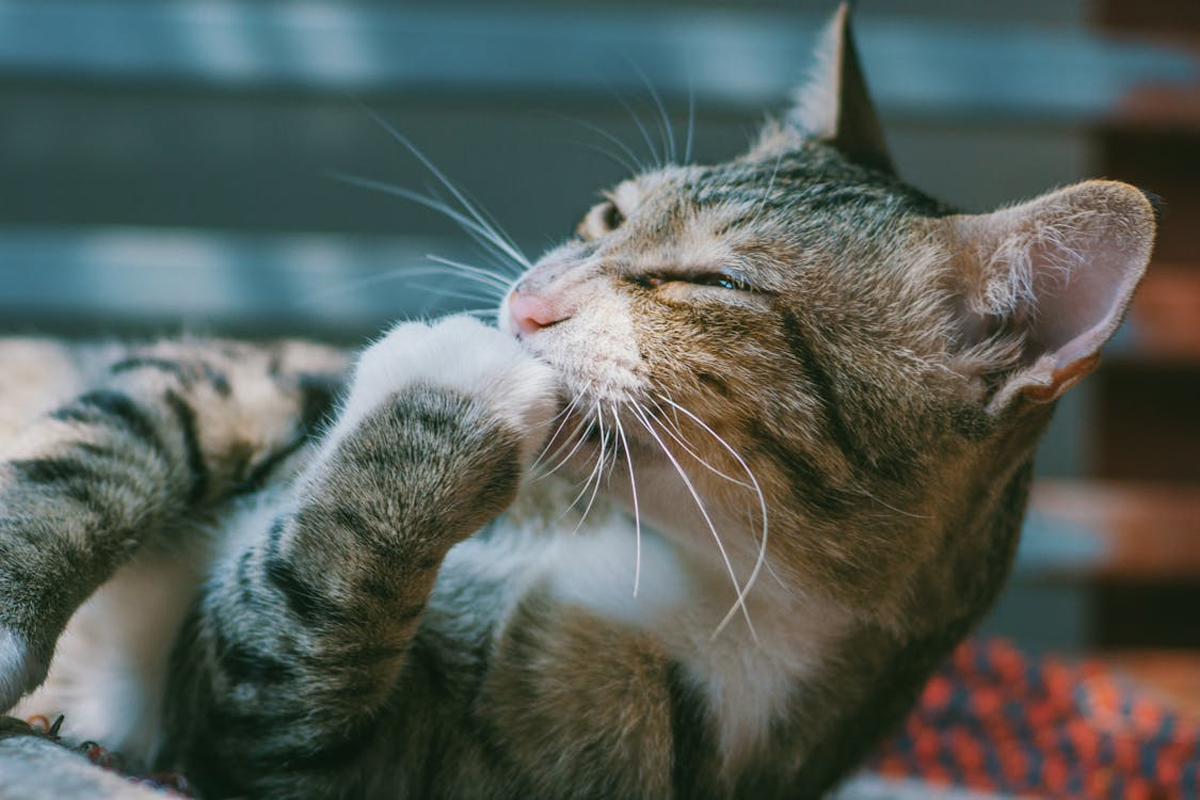
Ignore your cat’s teeth at your peril. Dental problems are common and often overlooked until your cat’s breath could knock out a buffalo. Start by getting your cat used to having their mouth handled. You don’t need to brush their teeth like a soldier on parade — a quick rub with a finger toothbrush and cat-friendly toothpaste a few times a week makes a difference.
Bad breath, difficulty eating, or drooling deserve immediate attention. They’re often signs of bigger issues that won’t fix themselves no matter how charmingly your cat bats their eyes at you.
Enrichment: Because a Bored Cat Is a Destructive Cat
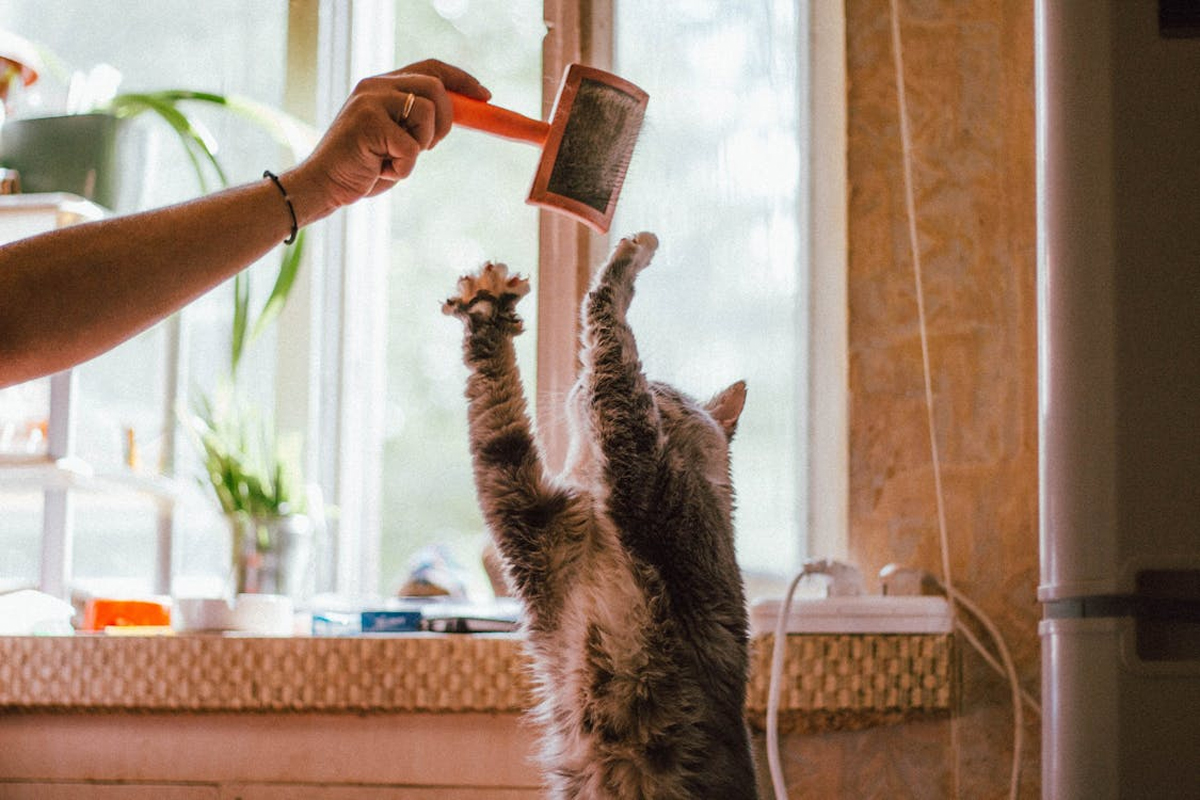
Cats may sleep for half the day, but when they’re awake, they need to move and think. Otherwise, your furniture becomes fair game. Regular play sessions help burn off energy, keep them fit, and cement your bond. Feather wands, laser toys, robotic mice — our pet shops are full of things designed to outwit even the craftiest feline.
Indoor cats, especially, need mental stimulation. Mix up their toys, hide treats around the flat, or install climbing shelves to keep them physically and mentally engaged. No garden? No problem. Just get creative indoors.
Housetraining and Cat-Proofing: The Real Work
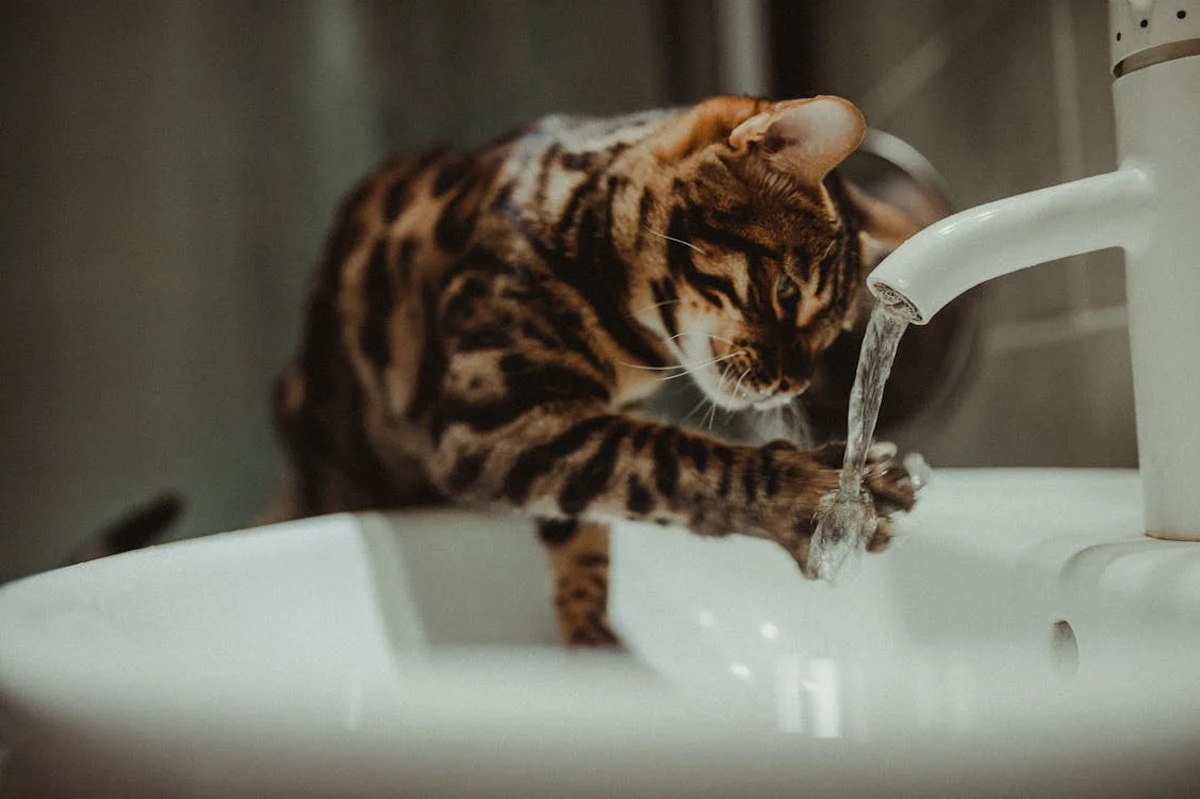
Housetraining isn’t complicated if you set up the right environment from day one. Litter boxes should be easy to find, and when you must move them (say, to inch them closer to the bathroom), do it gradually. Otherwise, you risk bewilderment — and puddles.
Cat-proofing is equally vital. Tie up cables, hide toxic plants, and stash essential oils out of reach. Cats are natural climbers and chewers; don’t give them more hazards than they already find by accident. A little foresight saves a lot of vet bills and broken glass.
Tech That Makes Life Easier
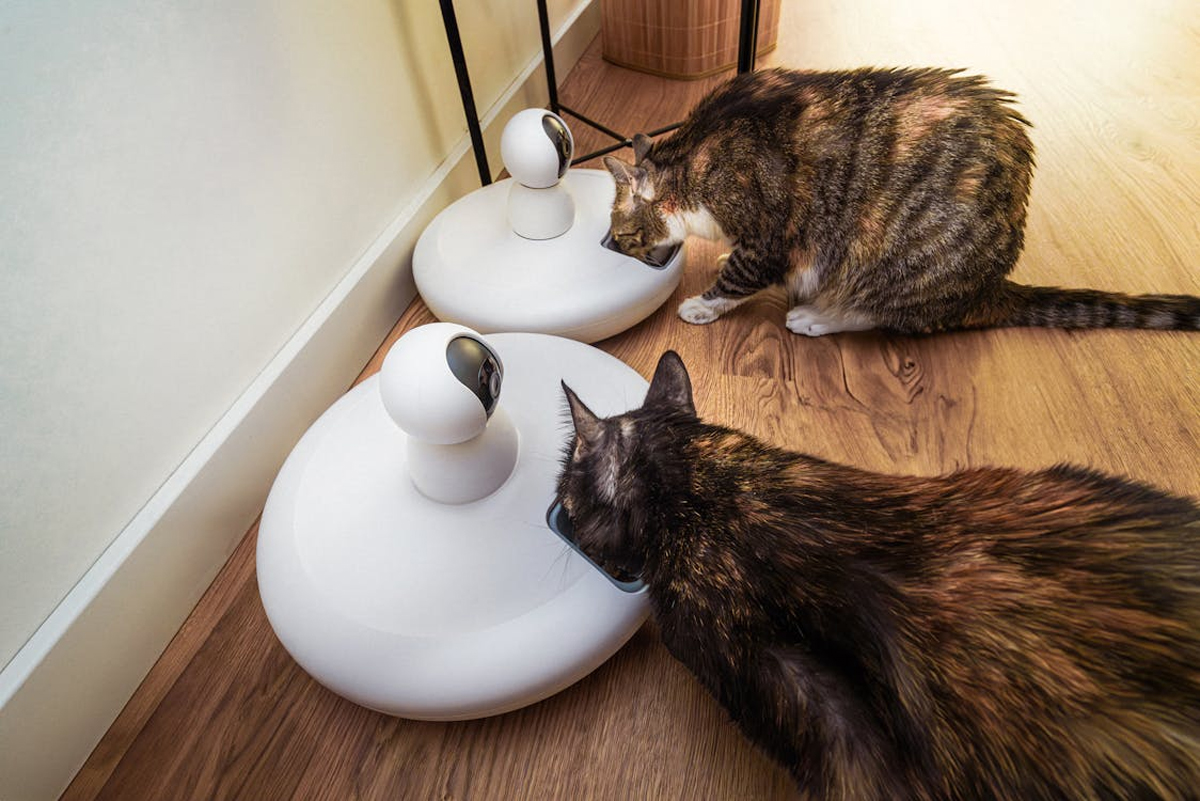
Modern cat care has gone digital, and Singapore’s tech-savvy crowd is well placed to take advantage. Automatic feeders, pet cameras, self-cleaning litter boxes, grooming tools — these gadgets don’t just make your life easier; they actively improve your cat’s day-to-day life.
Pet-specific air purifiers are another smart buy, especially in small flats where air can get stale quickly. Cleaner air isn’t just good for you — it reduces respiratory irritants and helps control odours from litter boxes.
Choose gear that suits your space and lifestyle. There’s no point splurging on a monster-sized cat tree if your cat prefers cardboard boxes anyway.
A Little Effort Goes a Long Way
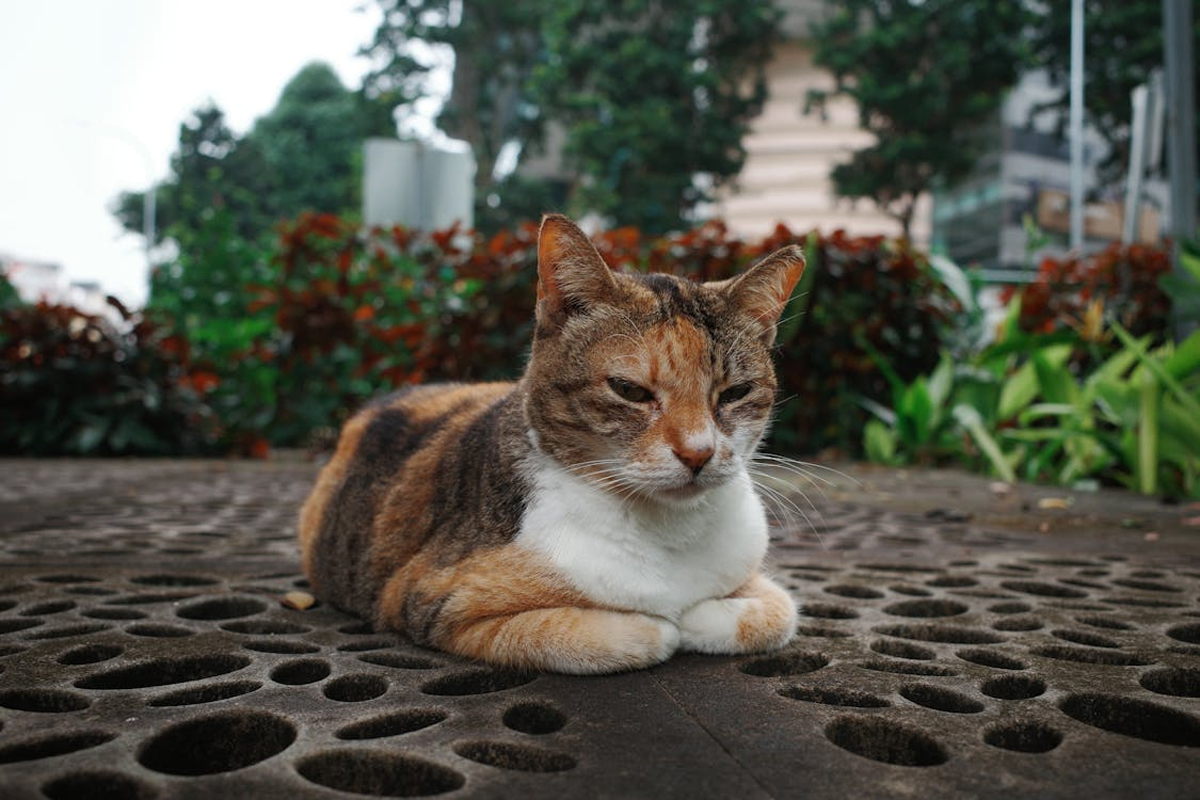
Cats aren’t as ‘low-maintenance’ as their reputation suggests, but the rewards are worth every bit of fur on your clothes. Good food, a clean home, regular vet checks, playtime, and a little tech backup go a long way in keeping your cat purring.
Besides, there are worse ways to spend your free time than dangling a feather on a stick while a tiny predator plots your downfall.
Note: All images from Pexels.



